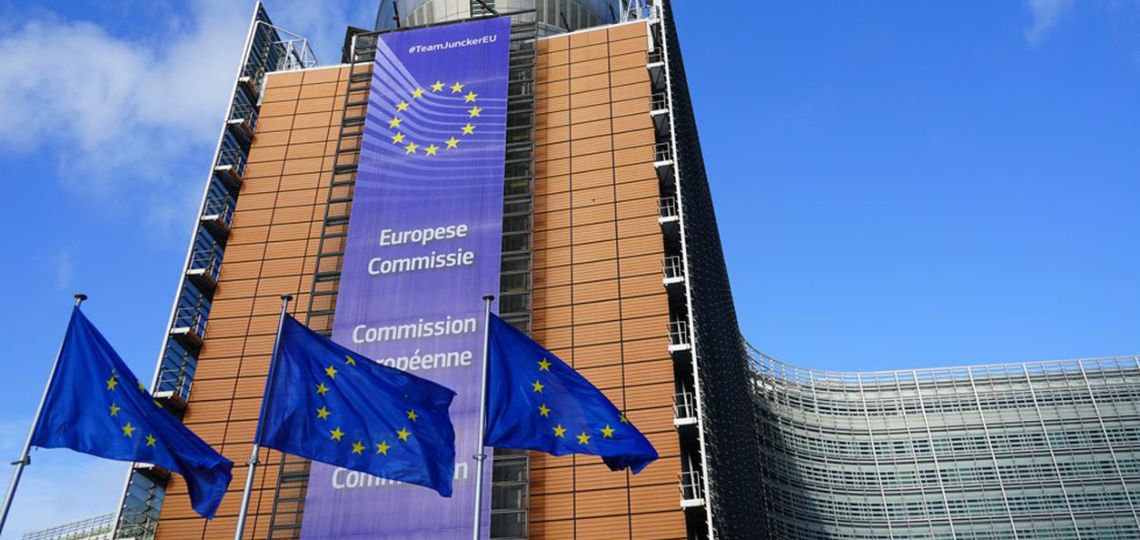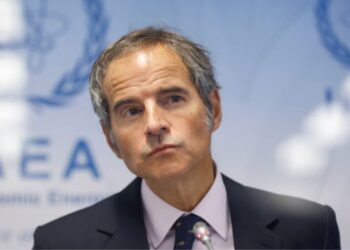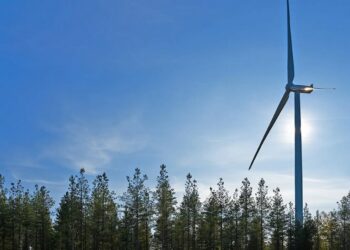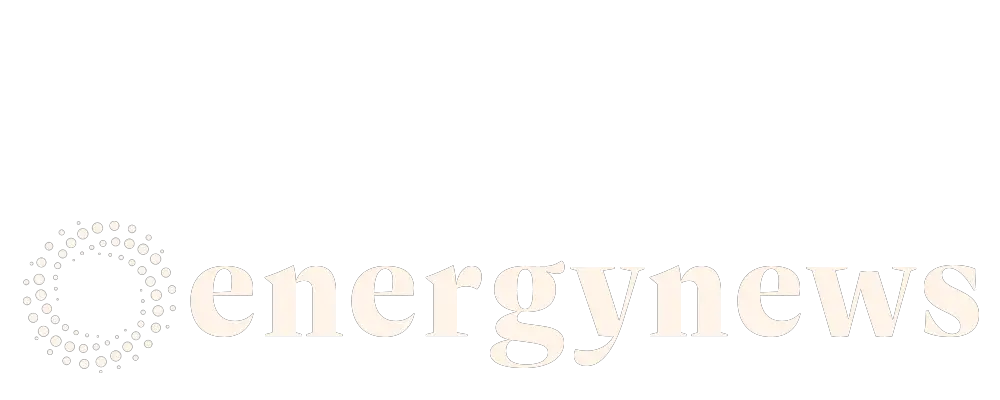Thursday’s agreement in Brussels to double the share of renewable energy in the European Union by 2030 opens the way for a possible resolution of the dispute between Berlin and Paris over whether to use nuclear power to produce clean hydrogen.
What is hydrogen used for? Industrially produced hydrogen is used in the petrochemical industry, in electronics, as a reagent to manufacture textile fibers, or as fuel for rockets. In the future, hydrogen should replace oil, coal or gas in the industries that consume the most: iron and steel, refineries or cement industry, but also heavy or intensive transport (planes, trains, trucks, boats, cabs). The third use is to facilitate the integration of wind or solar electricity into energy networks and systems, as it can store renewable electricity via fuel cells. All this on one condition: that it is produced in a clean way, and no longer with fossil fuels.
How is it made? More than 95% of the world’s hydrogen is currently produced by “reforming” methane gas. The hydrogen molecule (H2) is extracted from methane (CH4). At the same time, this releases huge amounts of carbon (C), which is harmful to the climate. To produce hydrogen “cleanly”, it is necessary to resort to water electrolysis. By passing an electric current through water, the H20 molecule is split into its two main elements: hydrogen (H) and oxygen (O). This requires machines called electrolyzers, powered by clean electricity.
The EU is targeting 20 million tons of renewable hydrogen by 2030 to meet the decarbonization needs of its industry and transport: 10 million tons produced domestically and 10 million tons imported. France and a dozen other countries are insisting that nuclear electricity be treated like solar or wind electricity to produce this clean hydrogen, since it indirectly emits little CO2.
What does the agreement reached on Thursday provide for? The agreement provides for an increase in the EU’s 2030 renewable energy consumption target to 42.5%, up from 32% previously. It does not recognize nuclear power as renewable electricity, as France would have liked. But it “recognizes the role of nuclear energy in achieving the European decarbonization objectives”, welcomed the French Minister for Energy Transition Agnès Pannier Runacher, who sees it as an “important advance in principle”. Indeed, if the agreement provides that the share of renewable hydrogen in the hydrogen used by industry must reach 42% by 2030 and 60% by 2035, the target is relaxed for countries with a nuclear fleet able to produce decarbonized hydrogen.
How to produce all this hydrogen? “This will be a major effort,” commented the French minister’s office. “Because to achieve very low fossil hydrogen rates, electrolyzers must be deployed everywhere.” On this subject, Europe is rather ahead of the rest of the world competition. Germany and France have each earmarked 9 billion euros to encourage the deployment of hydrogen. The EU deploys its PIIEC programs to subsidize disruptive innovations in this area. And a European hydrogen bank is to be operational by the end of 2023. With some 3 billion euros of funding, it is to launch the first auctions to finance projects that will accompany the transition. France wants to reach 6.5 gigawatt-hours of installed hydrogen production capacity with electrolyzers by 2030, compared to 13 megawatt-hours currently. The country plans to build 10 hydrogen-related plants in 7 regions. Among the French projects, a McPhy gigafactory in Belfort (eastern France) for new generation alkaline electrolysers. The Elogen company in Vendôme (Centre-Ouest) has to manufacture “stacks”, parts of electrolysers. In Beziers (South of France), Genvia, a product of CEA research, is planning new generation electrolysers.
In Germany, the French group Air Liquide and the German company Siemens Energy are planning a plant to mass-produce hydrogen electrolysers on an industrial scale, powered by renewable energy.






